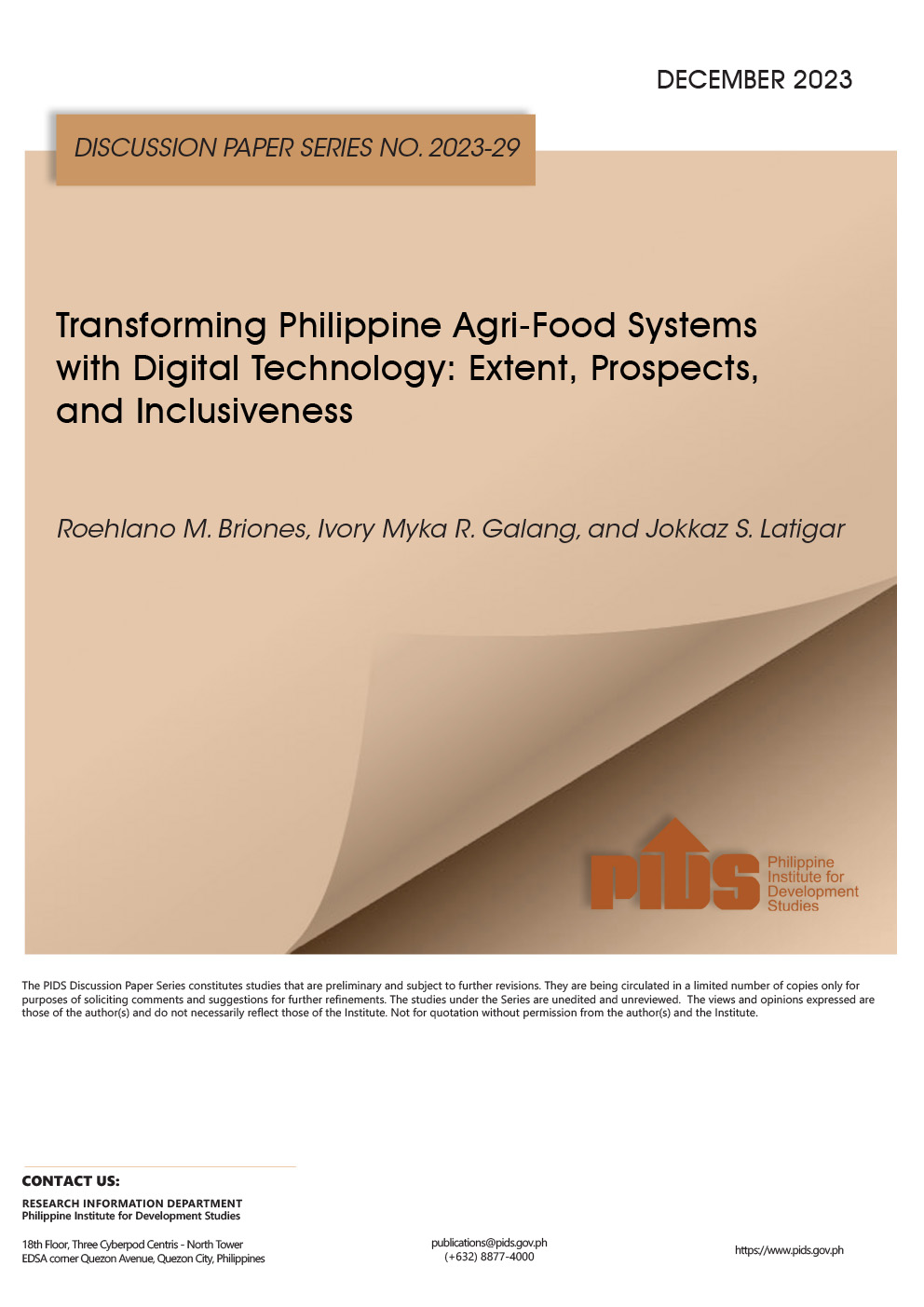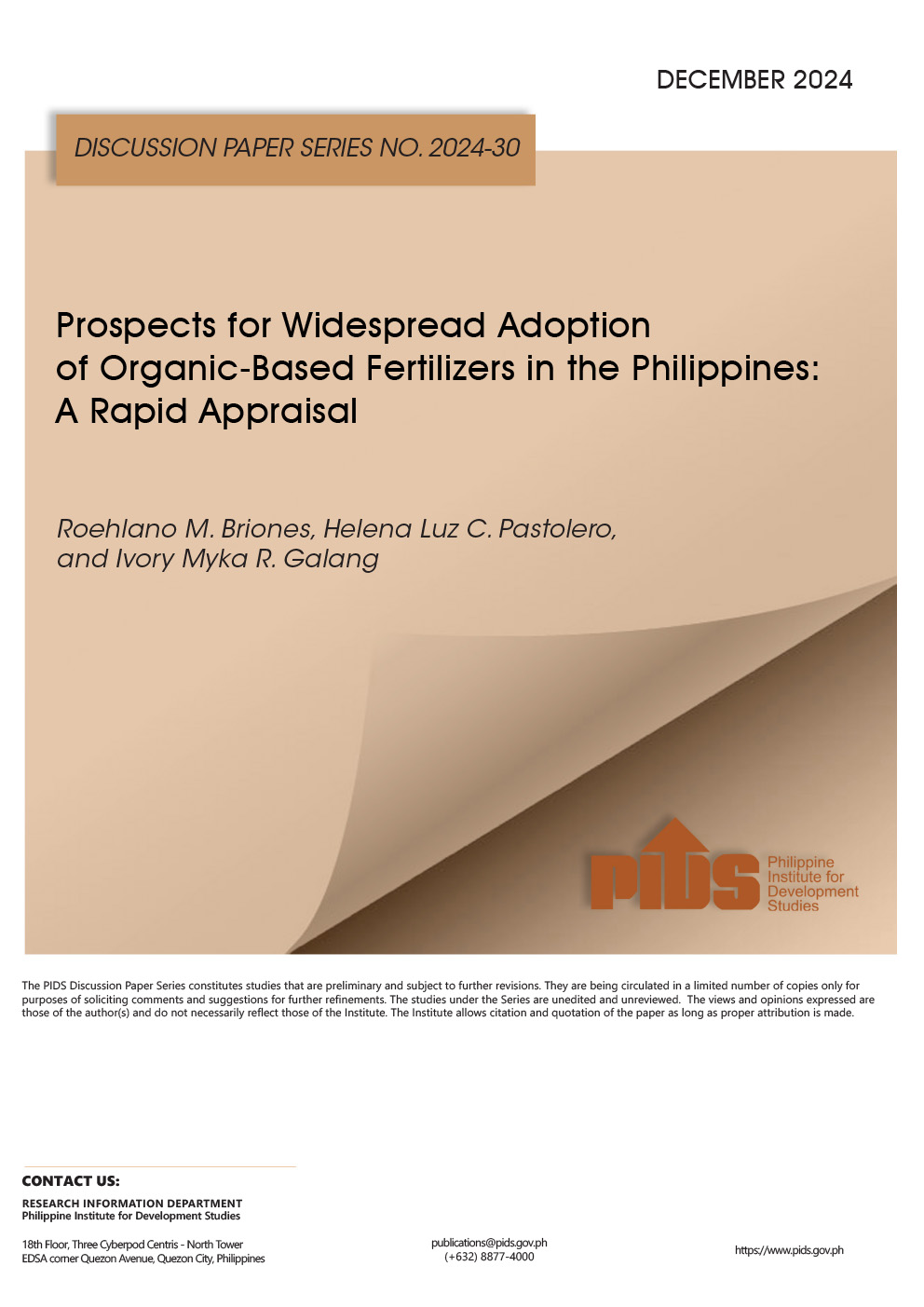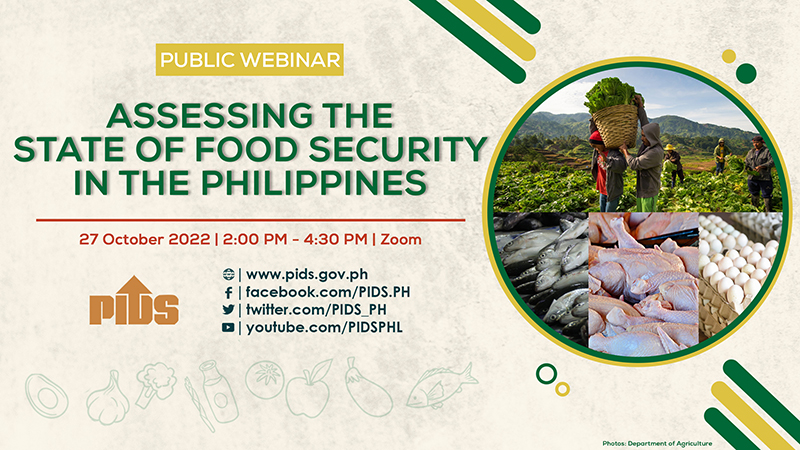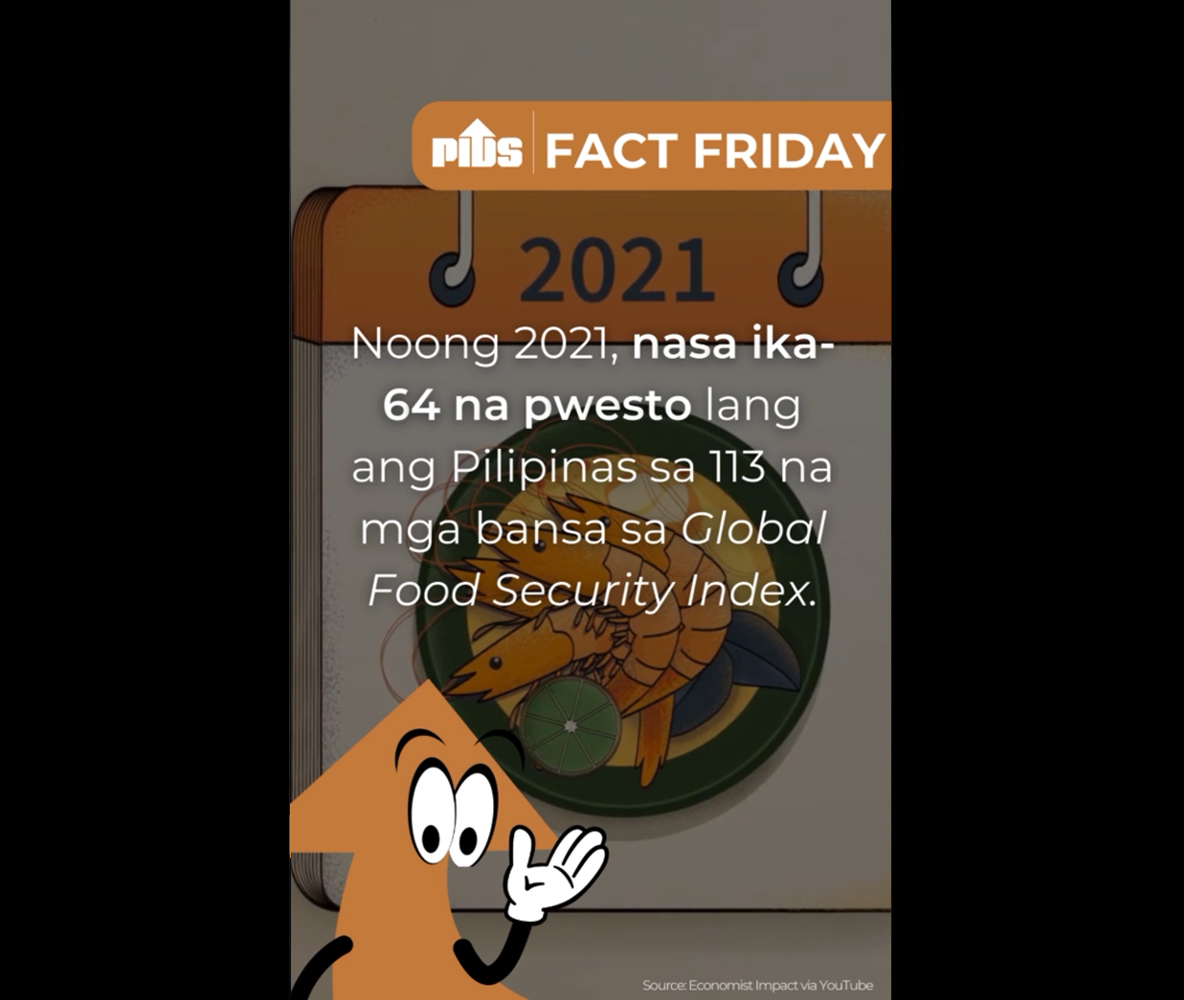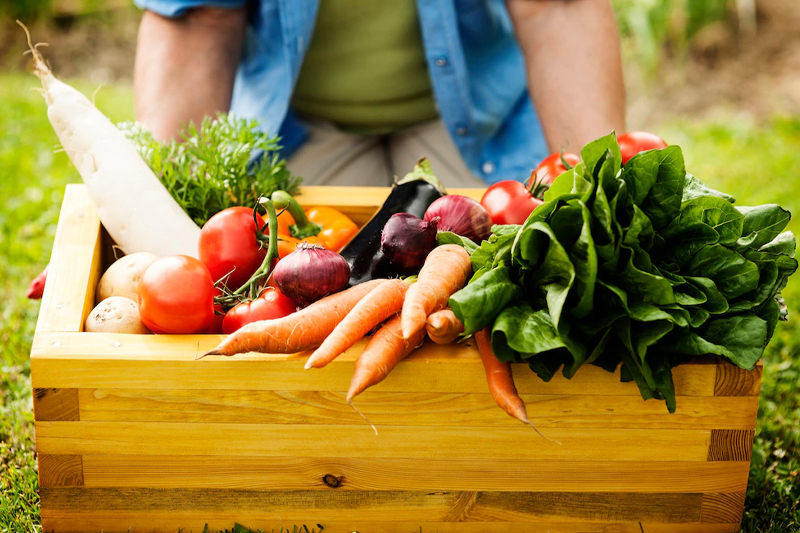
Despite significant progress in attaining food security in the Philippines, the government still needs to address challenges in the agriculture sector to ensure this goal is achieved.
This message was emphasized in a recent study published by state think tank Philippine Institute for Development Studies (PIDS) that evaluated the progress of the Agriculture and Fisheries Modernization Act (AFMA) of 1997 in terms of achieving its food security objective.
PIDS Supervising Research Specialist Ivory Myka Galang, author of the study, said that various indicators for the four dimensions of food security, namely, food utilization, food stability, food accessibility, and food availability, showed that food security in the Philippines is yet to be achieved.
“Based on The Economist’s 2021 Global Food Security Index, the Philippines ranked 64th out of 113 countries in the four dimensions of food security,” Galang pointed out.
The paper likewise found that the country’s performance in achieving Sustainable Development Goal 2 on Zero Hunger reflects the need to address “significant and major challenges” toward the food security goal.
In terms of food utilization, which includes food consumption, food quality, and food safety, Galang said that while hunger incidence and malnutrition have improved, the latter’s progress has been slow in the past decade. The average food intake of Filipinos is also “high in cereals and tubers, but low in fruits and vegetables”.
On food affordability, the paper revealed that “many Filipino households are unable to consume nutrient-adequate diets due to its unaffordability,” with the poorest households suffering the most as seen in their “low diet quality and high incidence of malnutrition”.
For food accessibility, Galang noted that the Philippines “scores lower than its [neighbors in the Association of Southeast Asian Nations] in agricultural infrastructure, particularly on logistics system. The limited farm-to-market roads and high transportation costs contribute to this problem.
On food availability, she explained that the domestic demand for rice “has been growing faster than local production, which inevitably contributes to the widening supply gap” in the sector.
Given these challenges, Galang provided policy recommendations to help the country achieve its food security goal.
The government should adopt a “systems approach” to achieve coherence in its food and nutrition security policies. It should consider the “other systems” such as education, social protection, water and sanitation, and health systems.
A strategic plan should also be formulated, which includes the integration of both food security and nutrition security. This plan must contain objectives, key performance indicators, and major initiatives and projects of different stakeholders.
Consequently, action plans that are “data-driven” need to be developed, and a modern monitoring and evaluation system with a reliable information system should be in place.
“Ideally, it is a web-based database that offers real-time data and is accessible to various government agencies for policy and other decisionmaking,” Galang explained.
Finally, government interventions to help achieve food security “need to be categorized by urgency and spatially”.
For instance, children and lactating women living in the poorest areas should be prioritized for immediate implementation of appropriate interventions. Meanwhile, improving the nutrient content of food products and raising the public’s awareness of healthy diet can be done in the medium term.
In the long term, the government can pursue food affordability by improving the efficiency of food systems or increasing the incomes of households vis-à-vis the prices of other commodities. ###
This press release is based on the PIDS study “Is Food Supply Accessible, Affordable, and Stable? The State of Food Security in the Philippines”.

